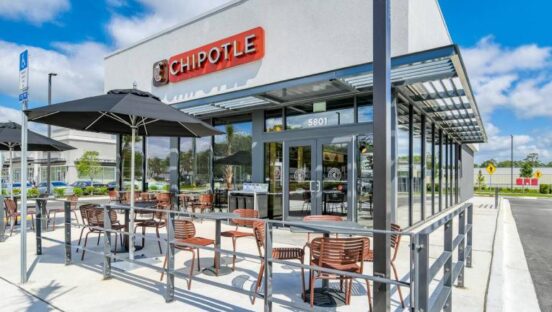





In the restaurant industry, the unexpected can happen at any time. These unexpected events can come in the form of crises such as supply shortages, food-borne illness, accidents, food prep sanitation issues, and criminal acts, to name a few. With the 24/7 nature of today’s news cycle, the ability to quickly and effectively respond to a crisis is critical to protect your brand and recover your reputation.
Just as the quick-service restaurant sector is built on responding swiftly to customer orders, speed is essential in effective crisis management. However, without a thorough, actionable crisis management plan, communication missteps can have a lasting and damaging impact on your brand.
To avoid such crisis response miscues, you should develop a comprehensive crisis plan that includes establishing a crisis team, assigning specific team member roles and responsibilities, refining messaging, developing media strategy and establishing social media monitoring and response processes.
Create a Crisis Team and Select a Spokesperson
Establishing a crisis team ahead of incidents is a key ingredient of a crisis management plan. Your crisis team should include important decision makers in public relations, marketing, HR, and legal, as well as other trusted employees.
The crisis spokesperson is the most important member of the team. This person will speak with a consistent voice and message on behalf of the brand in social posts and media interviews. Do not assume that your spokesperson has experience speaking with the media. You will need to assess their degree of experience so that you can more accurately determine the level of media training they might need.
Define Roles and Responsibilities
After selecting a spokesperson, the next step in the development of your crisis plan is to assign specific roles on the crisis team. Some of these roles should include:
Food safety lead
- This role, likely held by a kitchen manager, will be responsible for any food handling issues.
Vendor liaison
- This role can be held by one individual, like a general manager, or by multiple people. The main responsibility of a vendor liaison role is to take ownership of the relationship between the restaurant’s different vendors.
Communications team
- Whether a restaurant partners with a PR firm or has an internal team, the communications team is vital in any crisis plan. Beyond overseeing the messaging and positioning across all channels, the communications team will field media inquiries and handle all social media interactions.
Attorney or legal advisor
- Every restaurant should have an attorney, or some form of legal advisor, on its crisis team. In the event of a large-scale crisis, legal measures may need to be taken.
Refine Messaging
Taking the time to develop key messaging ahead of a potential crisis is another critical component for responding quickly and accurately. An effective means of doing this is to schedule a meeting involving all crisis team members and your spokespeople to review possible crisis situations and develop specific messaging for each of these scenarios.
Remember that your messaging should be developed with transparency in mind. Crisis situations often require more information sharing than traditional media relations efforts. The level of transparency you provide can mean the difference between maintaining trust in your brand and seriously damaging your restaurant’s reputation.
Develop Media Strategy
Managing crisis messaging goes far beyond drafting press materials, like a press release, after an incident occurs. This element of your crisis management plan should map out media strategy—in terms of proactive vs. reactive—and assess your main media channels and targets.
A crisis plan should include a list of stakeholders who could be impacted by the crisis and the best ways to reach those audiences. For example, if a restaurant needs to close temporarily for any reason, directing people to a place for more information – such as your website or social media page – will keep them from making and publicly posting assumptions about why the restaurant is closed.
Establish Social Media Monitoring and Response Processes
Any crisis can go viral in the blink of an eye. Therefore, the social media ingredient of your plan should be comprehensive and detailed. This includes laying out processes for actively monitoring your brand’s digital presence, from owned social channels, like Facebook, Instagram, LinkedIn and Twitter, to user-review channels like Yelp.
In a crisis situation, patrons of your restaurant will have questions and want to participate in the discussion. If those comments and posts turn negative, follow your predetermined messaging for responding quickly and publicly.
Just as quick service restaurants strive to respond swiftly to their customers, a swift response to a crisis situation is key to protecting your brand’s reputation. A detailed crisis communication plan that is updated annually can help you turn on a dime to successfully manage any crisis.
Catriona Harris is the CEO of Uproar PR, a full-service public relations and digital agency that has extensive experience working with restaurant clients and provides dedicated crisis communication services.












